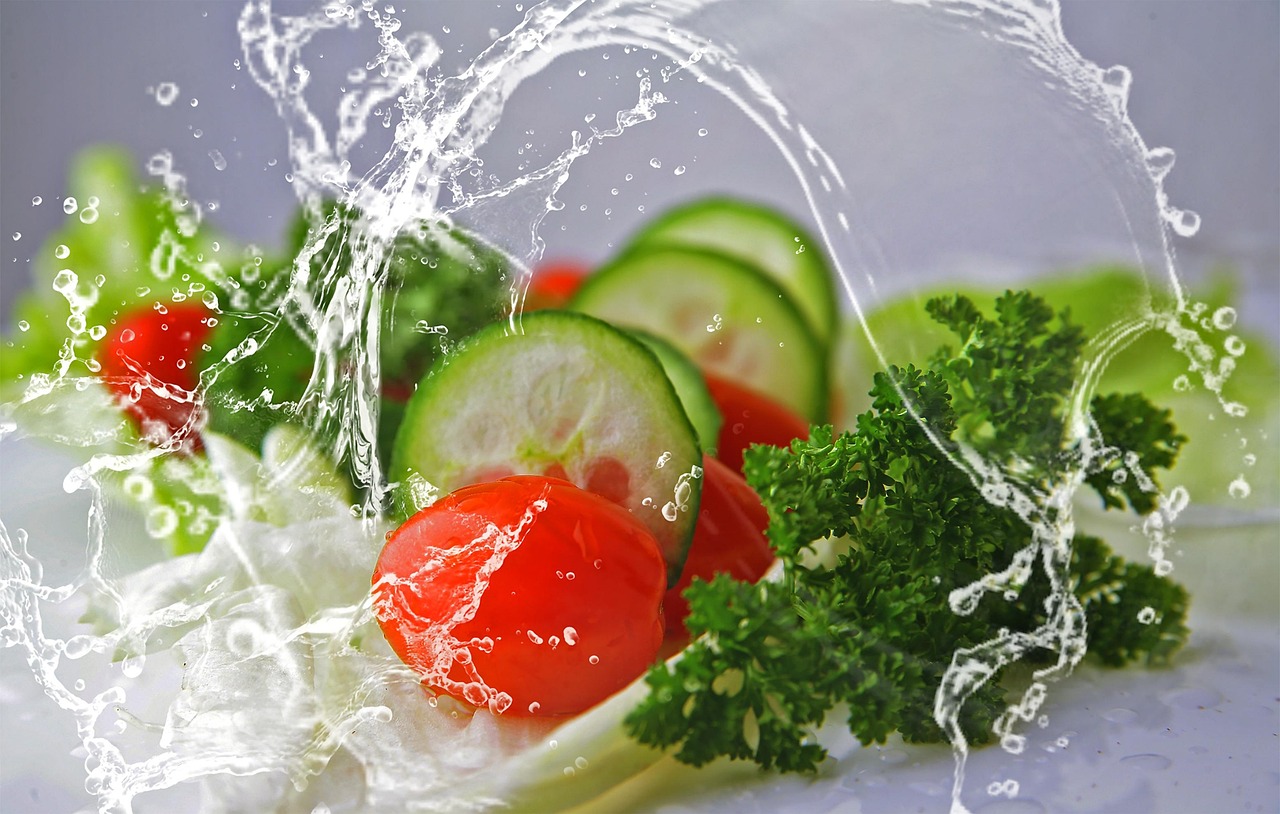Ever feel bloated, achy, or sluggish after meals? You’re not alone. Chronic inflammation is linked to numerous health issues—from joint pain to heart disease. But what if a simple, delicious salad could help fight inflammation and boost your well-being?
Enter the anti-inflammatory salad—a powerhouse of nutrients designed to calm your body’s inflammatory response. In this guide, we’ll break down the best ingredients, science-backed benefits, and easy recipes to help you eat your way to better health.
Why Anti-Inflammatory Foods Matter
Inflammation is your body’s natural defense mechanism. But when it becomes chronic—due to stress, poor diet, or lack of sleep—it can lead to:
-
Joint pain & arthritis
-
Digestive issues (IBS, bloating)
-
Heart disease & diabetes risk
-
Skin conditions (eczema, acne)
Research shows that certain foods can reduce inflammation by lowering oxidative stress and balancing gut health (Harvard Medical School, 2023). An anti-inflammatory salad combines these foods into one delicious meal.
Top Anti-Inflammatory Salad Ingredients
1. Leafy Greens (The Base)
-
Spinach & Kale – Rich in antioxidants (quercetin, kaempferol).
-
Arugula – Contains glucosinolates, which fight inflammation.
-
Swiss Chard – High in vitamin K, which regulates inflammation.
Tip: Mix greens for varied nutrients and flavors.
2. Healthy Fats (For Absorption)
-
Avocado – Packed with monounsaturated fats and vitamin E.
-
Olive Oil – Extra virgin olive oil contains oleocanthal (a natural anti-inflammatory).
-
Nuts & Seeds – Walnuts (omega-3s), chia seeds (fiber), and flaxseeds (lignans).
Pro Tip: Always pair fats with veggies—they help absorb fat-soluble vitamins (A, D, E, K).
3. Colorful Veggies (Antioxidant Powerhouses)
-
Bell Peppers – High in vitamin C (lowers CRP, an inflammation marker).
-
Beets – Contains betalains, which reduce oxidative stress.
-
Tomatoes – Rich in lycopene (linked to lower inflammation).
4. Protein (For Satiety & Muscle Repair)
-
Salmon (Wild-caught) – Omega-3s reduce inflammatory cytokines.
-
Chickpeas – Fiber supports gut health, reducing inflammation.
-
Grilled Chicken (Organic) – Lean protein without processed additives.
5. Anti-Inflammatory Herbs & Spices
-
Turmeric (Curcumin) – A potent inflammation fighter (Journal of Medicinal Food, 2022).
-
Ginger – Reduces muscle pain and digestive inflammation.
-
Garlic – Contains allicin, which lowers inflammatory enzymes.
3 Easy Anti-Inflammatory Salad Recipes
1. The Ultimate Gut-Healing Salad
Ingredients:
-
Base: Spinach + Arugula
-
Toppings: Roasted chickpeas, avocado, shredded carrots
-
Protein: Grilled salmon
-
Dressing: Olive oil + lemon juice + turmeric + black pepper
Why It Works: The combo of omega-3s, fiber, and curcumin supports gut and joint health.
2. Mediterranean Anti-Inflammatory Bowl
Ingredients:
-
Base: Kale + Romaine
-
Toppings: Cucumber, cherry tomatoes, Kalamata olives, red onion
-
Protein: Grilled chicken or tofu
-
Dressing: EVOO + apple cider vinegar + oregano + garlic
Why It Works: Mediterranean diets are proven to lower inflammation (American Heart Association, 2023).
3. Detoxifying Beet & Walnut Salad
Ingredients:
-
Base: Mixed greens
-
Toppings: Roasted beets, walnuts, goat cheese (optional)
-
Dressing: Balsamic glaze + flaxseed oil
Why It Works: Beets detoxify the liver, while walnuts provide omega-3s.
Common Mistakes to Avoid
❌ Using Processed Dressings – Many contain sugar and inflammatory oils (soybean, canola).
✅ Fix: Make your own with olive oil, lemon, and herbs.
❌ Skipping Protein – Without protein, you’ll get hungry faster and miss muscle-repair benefits.
✅ Fix: Add grilled fish, lentils, or hemp seeds.
❌ Overloading on High-Sugar Fruits – While berries are great, dried cranberries (often sweetened) can spike blood sugar.
✅ Fix: Stick to fresh blueberries, strawberries, or green apples.
Final Thoughts: Make Inflammation-Fighting Salads a Habit
An anti-inflammatory salad isn’t just a meal—it’s a long-term health strategy. By loading up on leafy greens, healthy fats, and antioxidant-rich veggies, you’re giving your body the tools to fight chronic inflammation naturally.
Ready to try it? Start with one of the recipes above and notice how your energy, digestion, and overall wellness improve. Your body will thank you!










